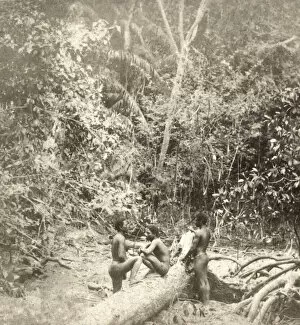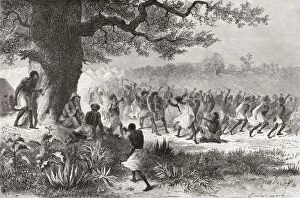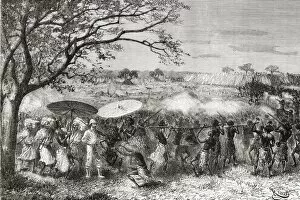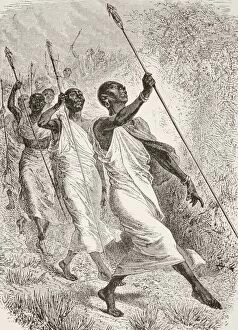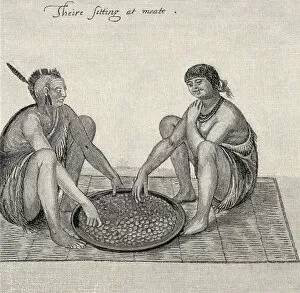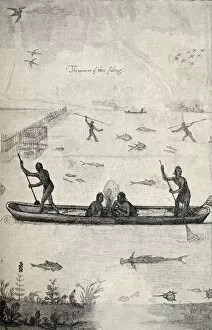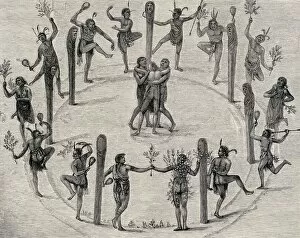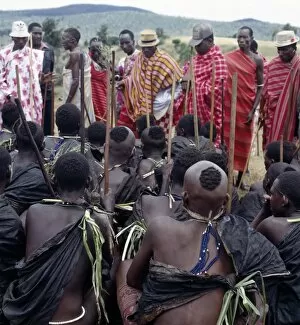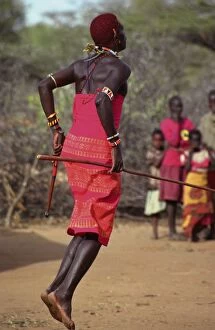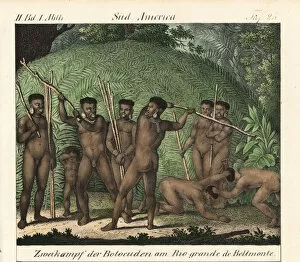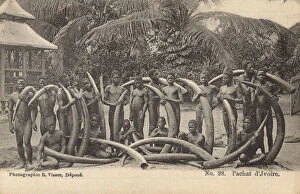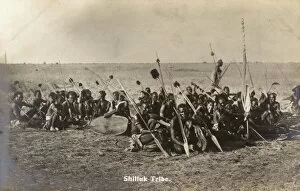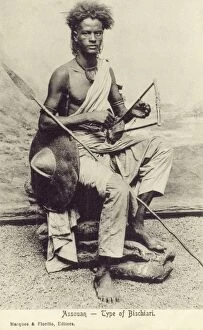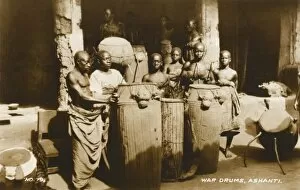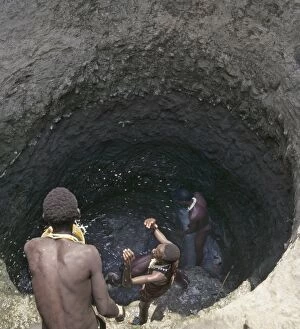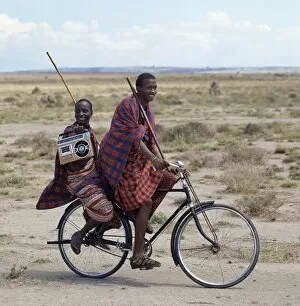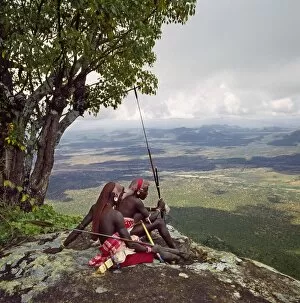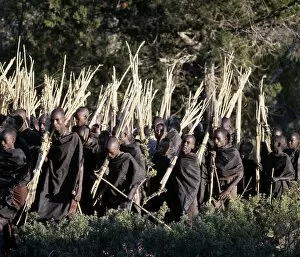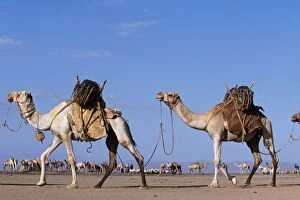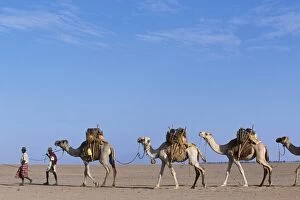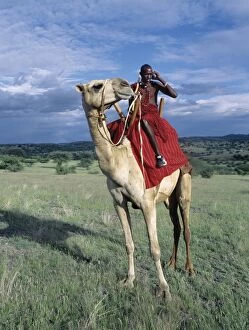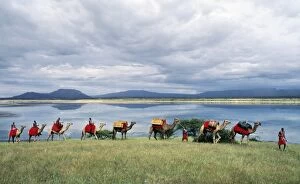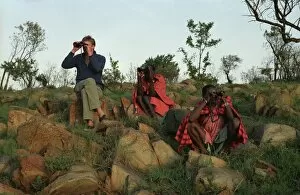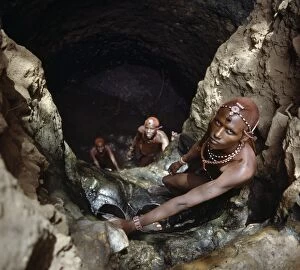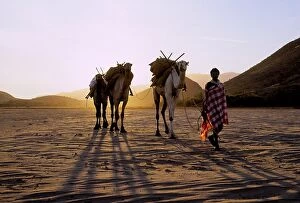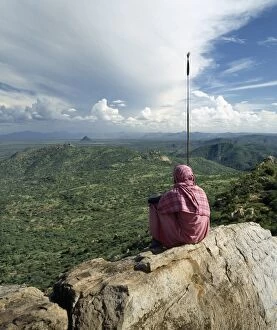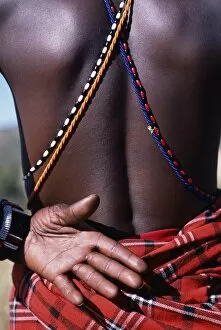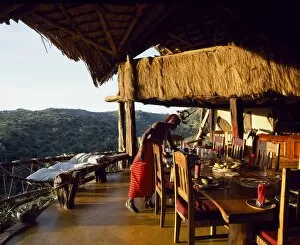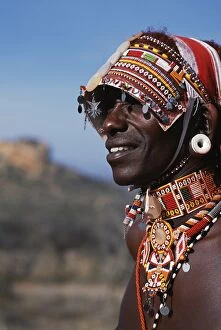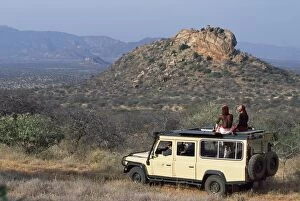Tribesmen Collection (#5)
"Exploring the Rich Cultural Tapestry Worldwide" From the Mursi tribe in Ethiopia to the San Bushmen rock paintings in Lesotho
For sale as Licensed Images
Choose your image, Select your licence and Download the media
"Exploring the Rich Cultural Tapestry Worldwide" From the Mursi tribe in Ethiopia to the San Bushmen rock paintings in Lesotho, they have long fascinated us with their unique traditions and way of life. A Samburu warrior gazes across the vast eastern scarp, his eyes filled with wisdom passed down through generations. In Bor District, South Sudan, Dinka warriors proudly display their strength and resilience as they protect their land in Upper Nile. Meanwhile, Zulu Warriors from Southern Africa embody bravery and honor as they defend their heritage. Muscat, Oman unveils tribesmen at the Mathra Gate - a glimpse into a world where ancient customs meet modernity. Two Maasai warriors stand tall amidst Masai Mara's breathtaking landscape, observing a hot air balloon flight that seems to defy gravity itself. The Conspiracy of the Batavians under Claudius Civilis comes alive on canvas; an epic tale of unity and rebellion etched forever in history. Afridi Tribesman guards Khyber Pass with unwavering determination in NWFP while Air Mail to Africa Poster symbolizes connection between distant lands. Lake Turkana's Eliye Springs beckons us to witness its serene beauty alongside Kenya's vibrant tribal communities. The Conference at Block Drift transports us back to 1846 when Kaffirland witnessed pivotal discussions shaping its future. Through these glimpses into various tribal cultures worldwide, we are reminded of our shared humanity and the importance of preserving diverse traditions for generations to come. Tribesmen continue to inspire awe with their rich heritage and unwavering spirit that transcends time and borders.



